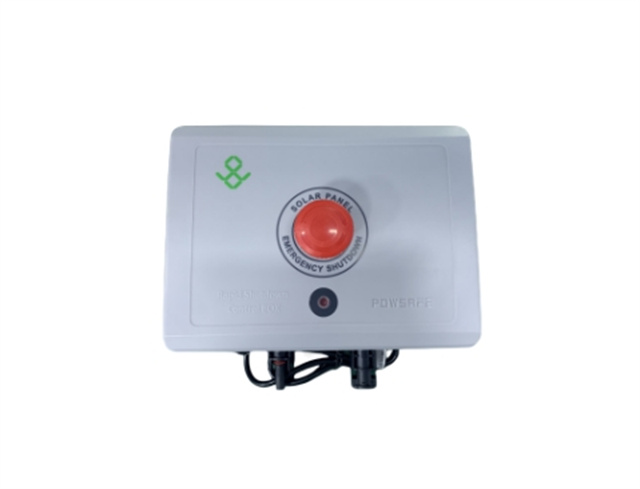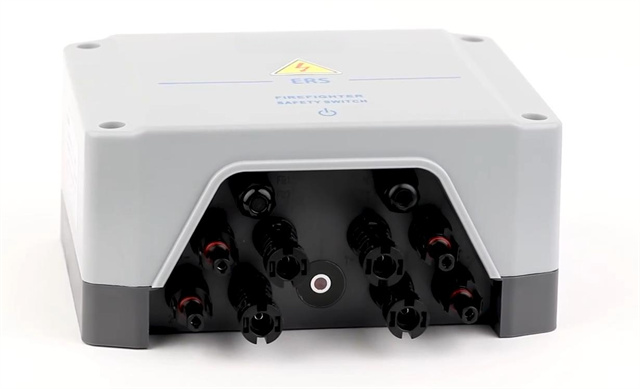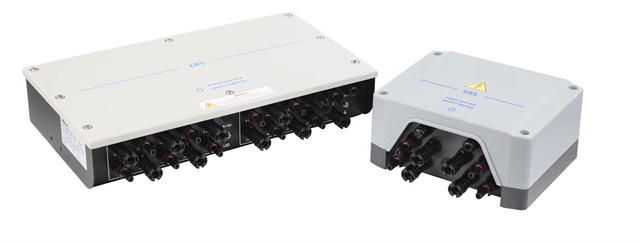Author:BLD Solar Energy SystemFROM:Solar System Converter Manufacturer TIME:2023-08-21
Introduction:
The rapid shutdown of solar systems is an essential safety measure that ensures the safety of personnel and protects emergency responders during maintenance or in case of emergencies. It involves deactivating the solar panels and isolating them from the grid to prevent the flow of electricity. Proper maintenance and care for rapid shutdown devices in solar systems are crucial to ensure their efficiency and reliability. In this article, we will discuss the importance of maintenance and care for rapid shutdown in solar systems and provide some guidelines to ensure their optimal performance.

Maintaining the rapid shutdown devices in solar systems requires regular inspection and testing to identify any potential issues or malfunctions. This includes visually inspecting the equipment for physical damage, loose connections, or signs of wear. Additionally, electrical testing should be performed to check the functionality of the rapid shutdown devices, ensuring they cut off the power supply effectively when activated. Regular inspection and testing will help identify any problems early on and prevent any safety hazards.

Cleanliness is crucial for the efficient operation of rapid shutdown devices in solar systems. Dust, dirt, and debris can accumulate on the equipment, hindering its performance and potentially causing failures. Regular cleaning of the rapid shutdown devices, especially in dusty or polluted environments, is necessary to maintain their functionality. It is recommended to use soft brushes, compressed air, or mild cleaning solutions to remove any contaminants without damaging the equipment. Additionally, it is important to prevent deterioration by using protective coatings or covers to shield the rapid shutdown devices from harsh weather conditions or UV radiation.

Proper training and documentation play a vital role in maintaining and caring for rapid shutdown devices in solar systems. It is essential to educate personnel responsible for the maintenance on the correct procedures and protocols for inspecting, testing, and cleaning the equipment. Documentation should include detailed guidelines, checklists, and records of all maintenance activities performed on the rapid shutdown devices. This documentation will not only help ensure that proper maintenance procedures are followed but also serve as a reference for troubleshooting, repairs, or future upgrades.
In conclusion, maintenance and care for rapid shutdown devices in solar systems are crucial for their safe and efficient operation. Regular inspection and testing, cleaning, and deterioration prevention, as well as proper training and documentation, are key aspects to consider. By implementing these measures, solar system owners can ensure the reliability and functionality of rapid shutdown devices, and ultimately contribute to a safer environment for both personnel and emergency responders.
